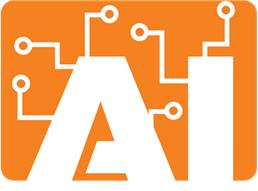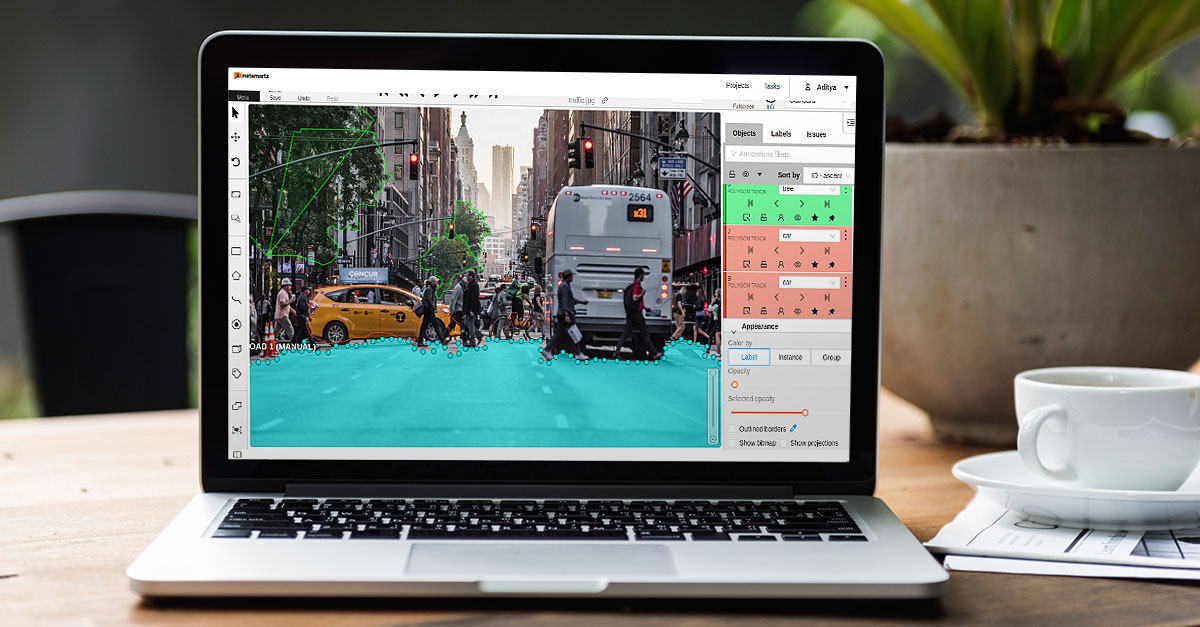Time series is a technique in machine learning that is used for the prediction of events through a sequence of times. A lot of problems involve and are dependent on the time component. At the same time, it is the very same component that makes problems complex to handle.
Despite its complexity, it is used in a variety of domains like behavior, economics, and geology. Specific applications include:
- Statistics
- Astronomy
- Control engineering
- Earthquake prediction
- Weather forecasting
- Econometrics
- Pattern recognition
The marketing, sales, and finance department within the organization also use time series forecasting to evaluate consumer demand associated technical costs.
Time series forecasting is actually a part of predictive analytics technology. Analysts first examine historical data to find trends, cyclical patterns, seasonal patterns, and recurring trends. Apart from machine learning, other computer technologies being used for time series forecasting include: Gaussian processes, hidden Markov models, artificial neural networks, support vector machines, and fuzzy logic.
Application areas of time series forecasting
In the stock market
Today’s technologies enable everyone to trade and stock smart. A combination of statistical methods is used along with supervised learning to predict the stock market. Decision trees and KNN are frequently used for analysis here. Other models include: ARIMA, ARFIMA, LSTM, Naive Bayes, VAR, and linear regression models.
An example of time series forecasting is the company GoPro. Quandl, an economic/ financial/ alternative data platform analyzed GoPro’s email receipts and forecasted a drop in share prices as compared to the previous quarter. Quandl turned out to be right.
Another example of positive share trends is of JCPenney department store. Based on the increasing number of store visits across the US, RS Metrics predicted a rise in the company’s stock. They used satellite images of JCPenney parking lots across America and found that footfall is increasing which showed when its stock value rose.
For sales
Even before Chipotle came out with its quarterly report, Foursquare had already predicted that the restaurant chain’s earnings would drop. Efficiently using time-based analysis and time series forecasting allowed the Foursquare guys to forecast the drop based on foot traffic alone.
Challenges faced
The biggest hurdle is the complexity of carrying out time-series forecasting which also translates into a lot of time consumption. Training a neural network on a diverse and voluminous dataset with a lot of parameters to inspect is an exhausting task.
A good deep learning professional, though, will know which algorithms to use, which parameters to measure by, how to deploy the network and then keep adjusting it as new information comes up, and how to combine multiple networks for increased accuracy.
Highly useful and the need of the hour
Ultimately, though, time series forecasting is a useful method for businesses in all industries. It can be used for forecasting:
- The closing price of stock each day.
- The number of product units sold in a store each day.
- The unemployment in a state for each quarter.
- The rabbit population size in a particular state for the breeding season.
- The number of demands on the server per hour.
Highly practical and highly useful, businesses should bring in a deep learning professional through AI predictive analytics services and get down to implementing time series forecasting as soon as possible. The returns will justify the investment in no time.
We’re here to make AI work for you.
Talk to our team today and start your AI journey. Whether you have questions about our services, need support, or want to discuss a potential project, our team is ready to help.
Social network
sales@netsmartz.com





